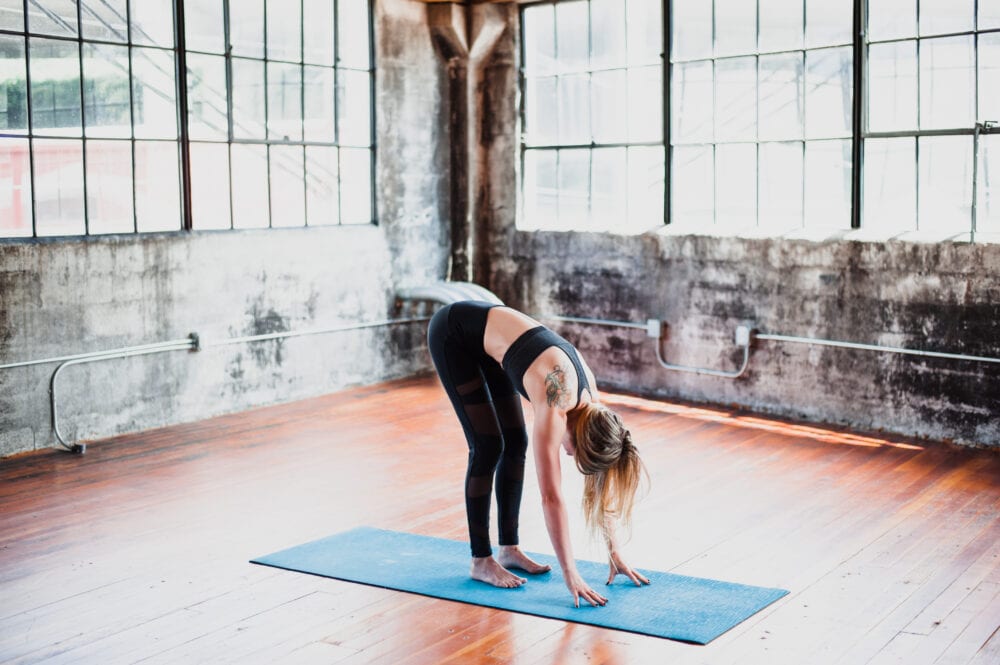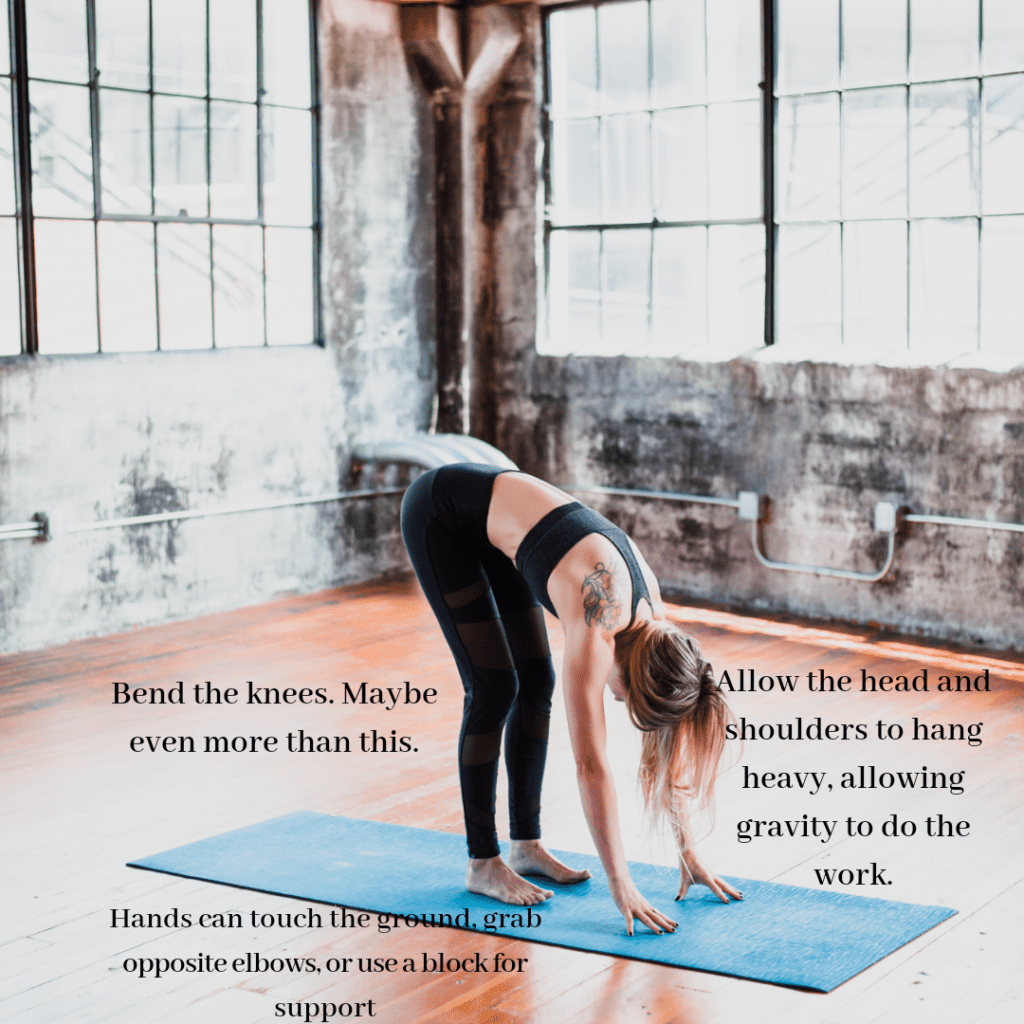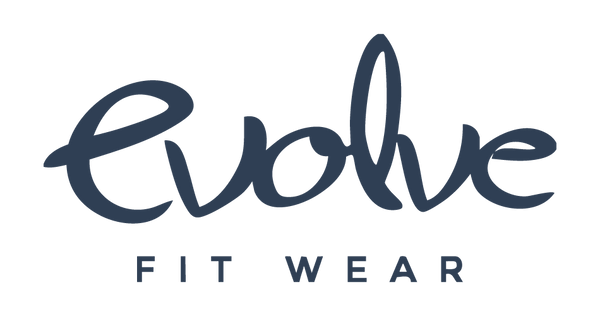
How To Do Standing Forward Fold
Share
Standing forward fold seems like a pretty self-explanatory shape to make in yoga. You’ll find it in most yoga classes and throughout most Surya Namaskar – or sun salutations. The Sanskrit term for a standing forward fold is uttanasana, meaning intense stretch pose.
The tricky thing about standing forward fold is that it seems so simple that pretty much everyone could improve upon how they attempt this shape.
But first, let’s take a look at the benefits of this pose.
Benefits of Standing Forward Fold
Forward fold is another gentle inversion. Inversions calm the nervous system, calm the brain, calm the body. They get the blood flowing a different way, shifting our physical perspective, as well as our energetic perspective. This pose can stimulate the liver and kidneys while offering relief from anxiety and mild depression.
This shape is also a great way to relieve tension in the neck and shoulders. Some say it can ease a headache, but I’ve found the opposite. When blood rushes to my head in inversions, my head tends to pound harder which goes to show that everyone is different so do what feels right for you.
Step-By-Step Instructors For How To Do A Forward Fold

- You can start in various shapes here. Maybe you begin in Downward-Facing Dog or maybe you start in Mountain Pose. For these instructions, we will start in downdog. Follow the above link for the set up of that pose. In downward dog, take a full breath in as you gaze forward and bend your knees. As you exhale, step, walk, or hop your feet towards your hands at the top of the mat. You’ll be stepping right to that fold, keeping the head below the heart.
- You’ll want to bend into the knees. Feet are flat. Your weight might pour into the heels or it might pour into the ball mounds as you lift up the heels. The way you do this shape has a lot to do with your bone structure and your flexibility.
- Arms and head are hanging heavy towards the ground. In “ragdoll,” which is a generous forward fold that we typically hold longer than a regular fold, you bend deeply into the knees so that your belly is closer or touching your thighs. Head and arms still heavy, or grabbing opposite elbows and swaying side to side.
- The spine is typically somewhat rounded over in a forward fold unless you are one of the hypermobile’s who can lay flat against their legs. For the most part, that is an exception. Typically, from forward fold, you will transition into Halfway Lift where you lift the chest until it’s parallel-ish to the ground, lengthening and strengthening the spine. And exhale right back to a fold, allowing the head and arms to be heavy towards the ground.
I recommend to all of my students to bend their knees in a fold- even if you can straighten them. I’d go so far as to say to bend deeply into them.
Deeper than that photo up there.
The reason for the knee bend is that we are actually wanting to bend from the hips here rather than from the spine.
If you have tight hamstrings and you fold down in this with straight, or even mildly bent legs, you are most likely going to start rounding through the low back rather than through the hips. (cont'd)
What is next after forward fold?

Forward folds come in many forms. You can do a standing forward fold as explained above or you can add onto it. Some variations that you might enjoy playing with are:
- Bending into one knee and twisting to the opposite side. For example, you can bend into the left knee and then peel your right arm towards the sky while the left hand continues reaching down.
- You can find “ragdoll” in a forward fold. I usually tell my students to imagine they are doing a happy baby pose standing up. Feet are really wide, to the edges of the mat maybe. Knees bent deeply so your chest can reach towards them as the hands reach down, just as you would in happy baby. From this deep wide-legged fold shape (also a possible variation of wide-legged forward fold or Prasarita Padottanansana), you can easily come into Malasana.
- Experiment here and see what feels good. Maybe you reach towards blocks, or you stand on blocks if your forward fold is ridiculously deep. Maybe you slide your fingers under the tips of your toes, palms facing up-ish.
A fun little challenge is to try and keep a long spine like you would in plank pose or halfway lift for as long as possible while you bend.
If that long spine tries to round, bend the legs more. See how far you have to bend the legs to keep that longer spine before releasing into the fold.
Ideally, we want our spines to round more at the upper back around the back of the shoulder blades as opposed to lots of rounding happening in the low back.
Feel free to explore and find what feels right for your unique body.
Whatever you decide to do, do it with intention and curiosity! And dont forget to have fun!!
xo
-Sam Miliam

|
 |
 |

|

